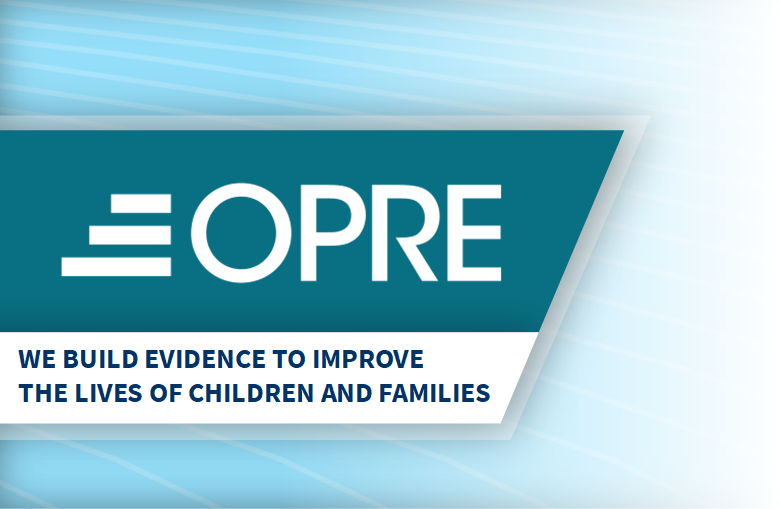INTRODUCTION
U.S. states, tribes, and territories regularly send the administrative data they collect from human services programs to federal agencies to meet compliance requirements. Administrative data, however, can be leveraged beyond reporting to gain a deeper understanding of program operations, participation, and performance. Federal agencies are interested in expanding the use of administrative data and are prioritizing investments in staff capacity and data infrastructure to align with the Foundations for Evidence-Based Policymaking Act of 2018.1 Congress passed the act in 2018 to advance evidence-building in the federal government by improving access to data and expanding evaluation capacity. Accomplishing that requires changes to how federal agencies manage and use the information they collect.
In 2017, the Administration for Children and Families (ACF) within the U.S. Department of Health and Human Services launched the TANF Data Innovation (TDI) project. Its goal was to substantially expand TANF agencies’ routine use, integration, and analysis of TANF administrative data and employment data to improve program services and outcomes for families with low incomes. The Office of Family Assistance (OFA) and the Office of Planning, Research and Evaluation (OPRE) within the ACF oversaw the request for proposals and selected MDRC in partnership with three other organizations to execute the project. As shown in Figure 1.1, MDRC led the TDI team in partnership with Actionable Intelligence for Social Policy at the University of Pennsylvania, Chapin Hall at the University of Chicago, and the Coleridge Initiative. The TDI project consisted of three components:
- The TANF Data Collaborative (TDC) provided technical assistance and training to support TANF agencies’ efforts to routinely use TANF and employment data to inform policy and practice and concluded in July 2022.
- A component to increase federal staff capacity addressed the quality, use, and analysis of administrative data within OFA’s TANF Data Division and concluded at the end of 2022.
- The TANF Employment Project (TEP), an ongoing project, integrates federally reported TANF data with employment data from the National Directory of New Hires, to allow for deeper analysis of the TANF program, including TANF participant outcomes by OPRE, OFA, TANF agencies, and other researchers. This project ends in 2024.
POLICY CONTEXT
The policy context in which the TANF Data Collaborative (TDC) operated is informed by welfare reform legislation that makes family self-sufficiency paramount and an emphasis on using data from states on federal program participation within the context of evidence-building.
The 1996 Personal Responsibility and Work Opportunity Act (PRWORA) shifted social benefits from cash assistance for families with low incomes to cash assistance with work requirements and time limits. The TANF program, which replaced the Aid to Families with Dependent Children program, became a block grant instead of an entitlement. States were given flexibility to establish eligibility rules as well as the latitude to decide which programs to fund to accomplish the purpose of the TANF program.
The flexibility provided by PRWORA resulted in a variety of state policies and differences in how the program is administered. Additionally, the specific state-level agency that administers the TANF program varies from state to state. This affects whether and how TANF program staff members can access data about program participants and any other services they may be receiving. For example, in nearly all instances, employment programs are not in the same state agency as the TANF program.
Although there was considerable activity following the passage of PRWORA to evaluate aspects of the new TANF program, those activities decreased over the decades. A needs assessment that was conducted at the beginning of the TANF Data Innovation (TDI) project captured a wide range of agency readiness to integrate and analyze data and produce evidence. It found that half of the state TANF agencies only used their data to perform routine reporting and only about a quarter of the states used data for rigorous analysis. It also reflected that although some states improved data systems to determine TANF eligibility, there were considerable barriers still in place that prevented data sharing across programs, including restrictions around the use of wage and food assistance data. One step ACF took to mitigate this barrier was by providing guidance to states to address the inconsistent interpretations of legal restrictions around the analysis of TANF data. more information on the needs assessment, see Chapter 3.)

